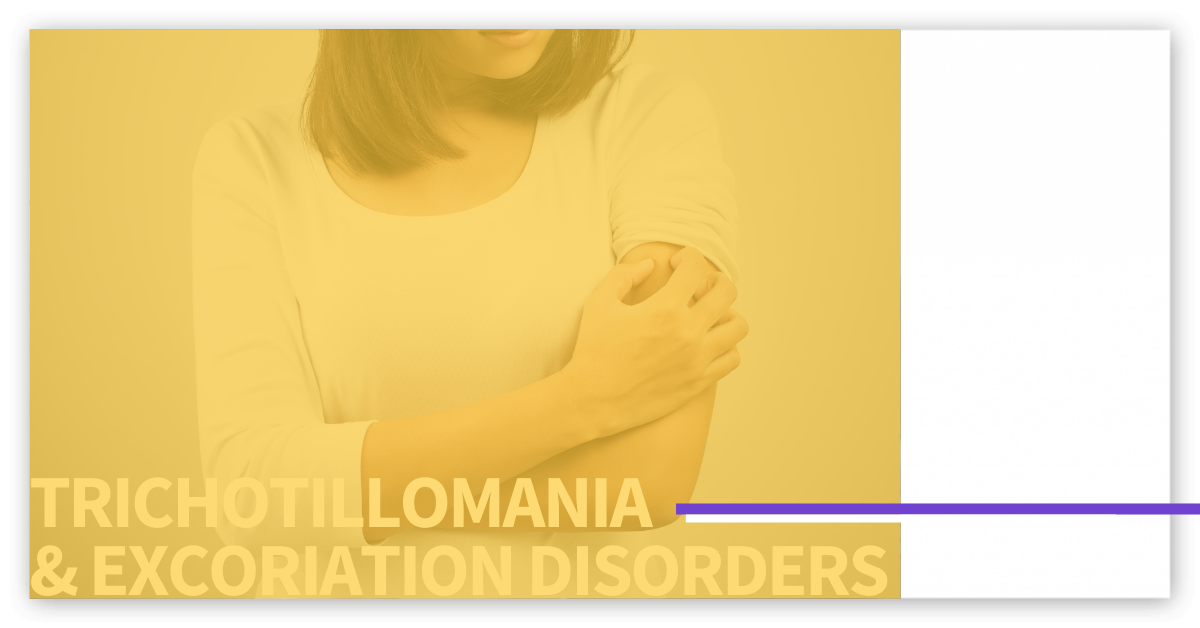What is Trichotillomania?
LISTEN TO THIS ARTICLE:
People with Trichotillomania and Excoriation Disorders compulsively pull their hair and pick their skin, respectively, to the extent that the effects change their appearance and disrupt their daily lives. Although these are separate disorders in the Diagnostic and Statistical Manual of Mental Disorders, they are often discussed and studied together as “body-focused repetitive behaviors”. Additionally, the behaviors and emotional states surrounding skin picking and hair pulling are very similar, so we will address them together here.
People are often ashamed of these behaviors and go to great lengths to conceal them. They usually only perform the behaviors in private or occasionally in the presence of family members. People wear hats to cover bald spots, style their hair, apply excessive makeup, or wear clothes to cover sores from picking skin. They avoid situations where their disorders would be revealed, such as swimming areas, intimacy with a partner, or hot places where wearing covering clothes would be uncomfortable. In severe cases, people will seclude themselves and are at risk for depressive disorders.
Hidden pain
As a result of these avoidance behaviors, it is difficult to spot patients with these disorders. Even if skin sores and bald spots are visible, there is no way to tell that they are the result of these disorders and not other medical conditions.
Permanent damage to hair and skin can occur. The skin becomes scarred and wounds can get infected, requiring antibiotics. Hair pulling can irritate the skin and decrease the density of hair follicles so it does not grow back to its original state. People also sometimes chew or eat picked skin or pulled hair. While eating skin causes no issues, eating hair can damage teeth and cause digestive problems. People also play with the skin and hair, rubbing it between their fingers or touching it to the lips or face.


 Learn
Learn ID Symptom
ID Symptom Find Help
Find Help
